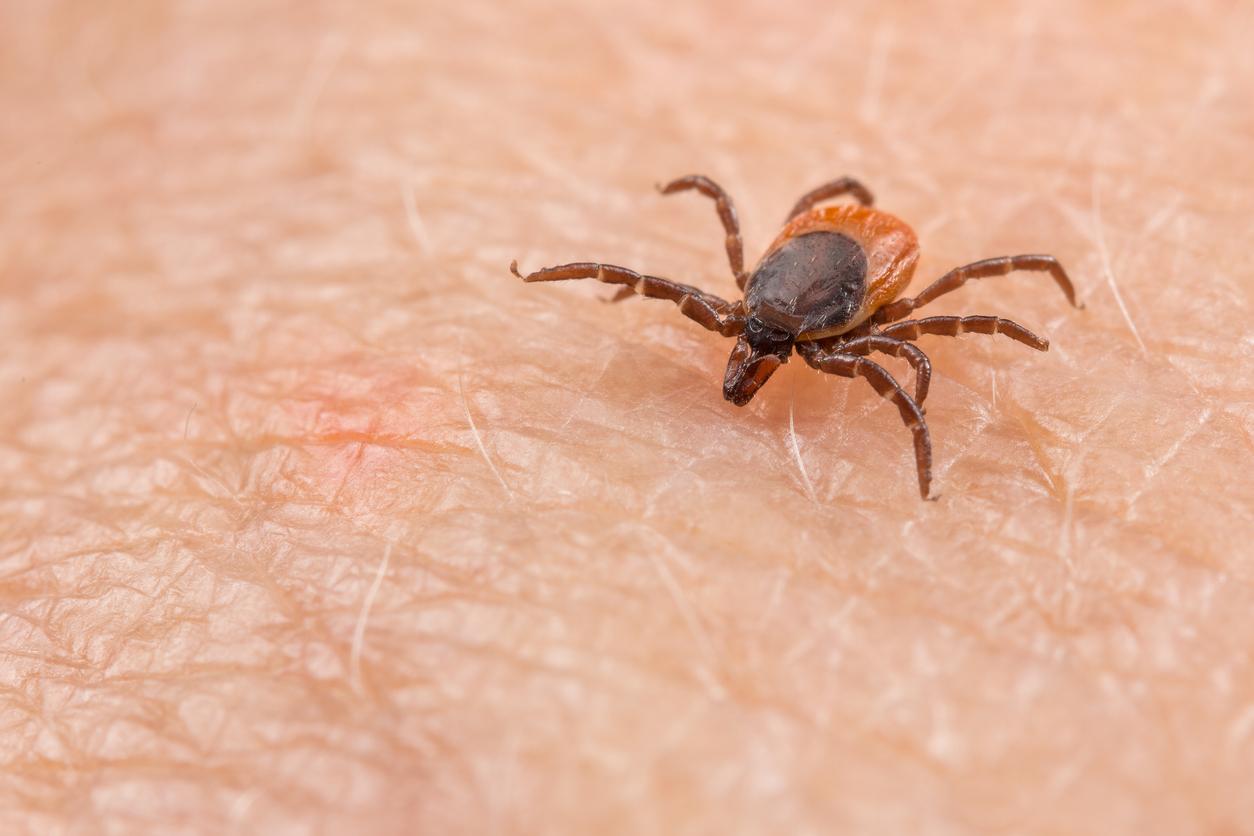The US Centers for Disease Control and Prevention (CDC) now recommends circumcision in adolescents and young adults, that is, “populations that are more likely to be infected with sexually transmitted diseases.” New Federal Guidelines Highlight Circumcision Reduces the risk of STIs but also decreases the risk of developing penile cancer. In addition, men who are circumcised are 44% less likely to be infected with HIV, according to the CDC .
“Scientific evidence clearly establishes that the benefits of circumcision outweigh the risks,” health officials said. They therefore recommend that “uncircumcised men, HIV-negative men and adolescent males who have heterosexual intercourse be informed about the risks and benefits of male circumcision. Additionally, if they decide to be circumcised, the address of a quality surgical service must be provided to them “.
Several protective factors
“Biologically, there are several possible reasons that circumcised men are less likely to contract HIV,” the CDC explains. First, when the foreskin is removed, the moist environment that helps the virus survive and reproduce is eliminated. But also, the foreskin is not keratinized (the skin is not hard), which provides a gateway for pathogens (including HIV) during sex. Finally, the foreskin has a high concentration of target cells to which the virus can attach and cause infection.
These are all reasons why the CDC recommends that young men and adolescents with active sex lives opt for circumcision.
However, the American health authorities point out that this protection remains partial in spite of everything, and that it does not prevent the use of other means of protection against STIs, like the condom.
Read also
Sexual pleasure: circumcision has no negative effects
AIDS: can circumcision stem the epidemic?
Circumcision: the benefits 100 times greater than the risks


















